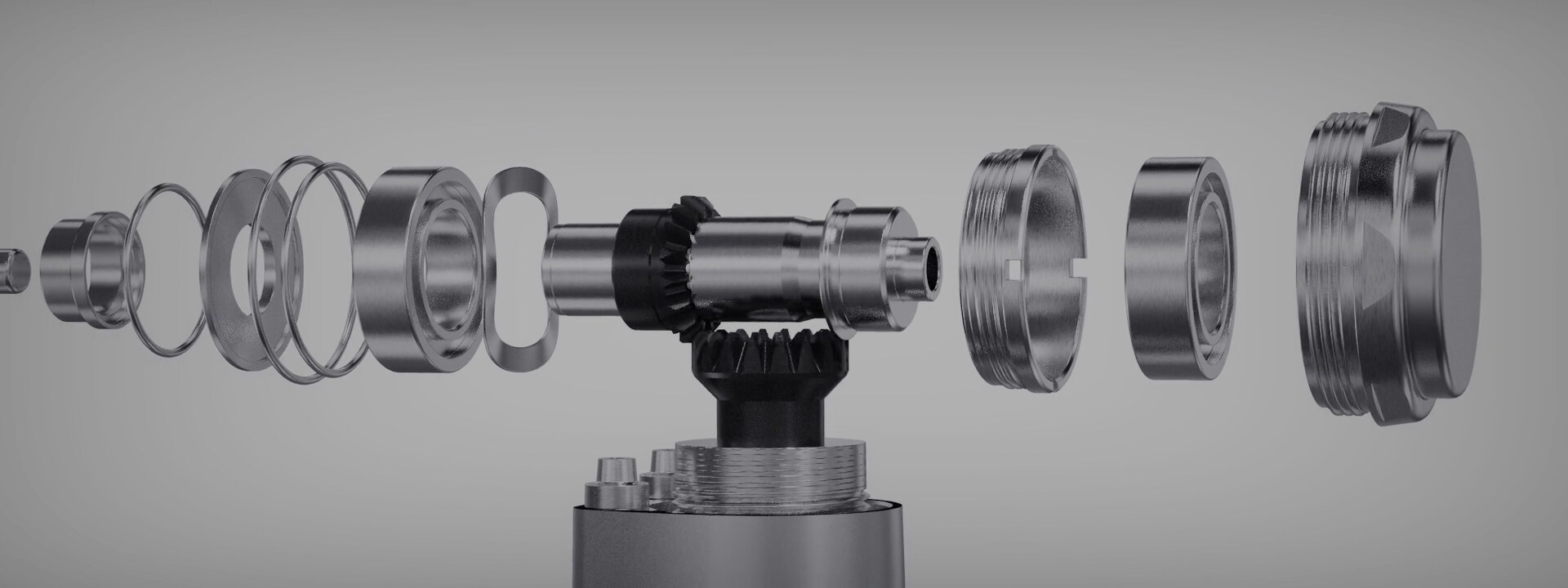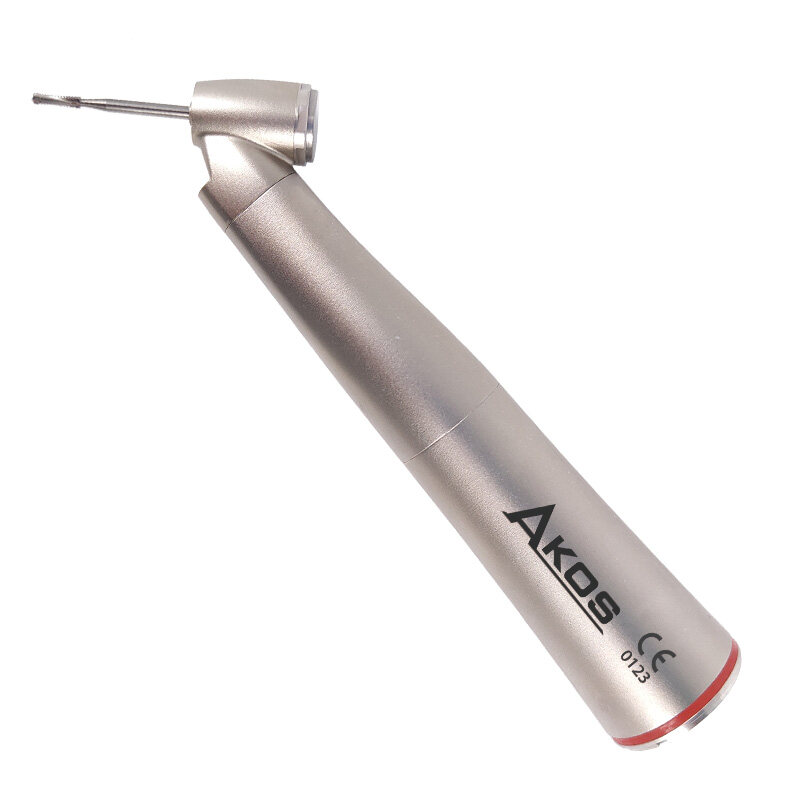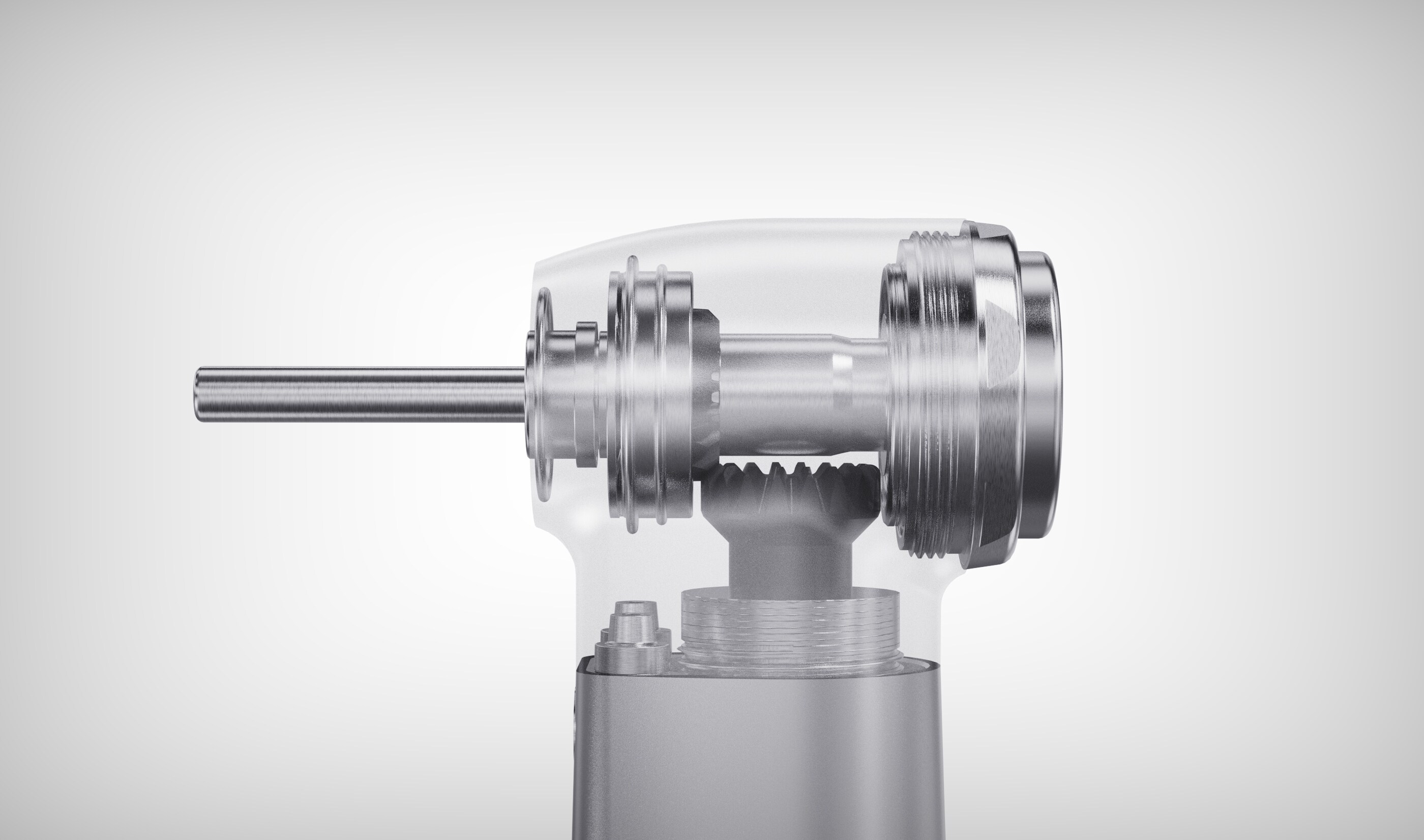Sähköpostin muotovirhe
emailCannotEmpty
emailDoesExist
pwdLetterLimtTip
inconsistentPwd
pwdLetterLimtTip
inconsistentPwd

Uutiset
Täällä voit kuvata ilmaista tekstiä.

Mitkä ovat erot nopean ja hitaan hammaslääketieteellisten käsikappaleiden välillä?
Hammaskappaleet - joita usein kutsutaan ”porauksiksi” - ovat välttämätön työkalu kaikissa hammaslääketieteellisissä käytännöissä. Laaja valikoima hammaslääkäriä, hygienistejä, suun terveysasiantuntijoita ja laboratorioteknikkoja hyödyntävät näitä erityisesti suunniteltuja laitepaloja, jotta voidaan optimoida potilaiden suun terveyttä ympäri maailmaa. Ei ole väliä, onko kyse tavanomaisesta ennaltaehkäisevästä tapaamisesta vai suoritetaan kattava kirurginen hoito, hammaslääketieteellisiä käsikumppia käytetään. Tässä perusoppaassa hahmotellaan ainutlaatuiset erot nopean hammaslääketieteen käsikappaleen ja alhaisen nopeuden hammaslääketieteen käsin.

Mikä on nopea hammaslääketieteellinen käsikappale?
Nopeaa hammaslääketieteellistä käsikappaletta pidetään tarkkuuslaitteena. Se poistaa hammaskudoksen nopealla ja erittäin tehokkaalla tavalla. Se ei johda lämpöä, paine kasvaa tai värähtelyjä. Niitä on saatavana laajassa valikoimassa muotoja, kokoja ja yleistä rakennetta. Käyttö tapahtuu 250 000 - 400 000 rpm. Vaihtelevat piirteet lainaavat niiden erottamiseen.
Esimerkkejä näistä ominaisuuksista ovat pään kiinnitystyyppi, pään koko, valonlähde, kappaleen paino ja moottorin melu toiminnassa. Näitä käytetään tyypillisesti hampaiden kiillottamiseen ja kruunujen ja täytteiden todelliseen muotoiluun.
Mikä on hitaasti hammaslääketieteellinen käsikappale?
Matalan nopeuden käsikauppaa pidetään myös tarkkuusvälineinä hammaslääkäreille ja asiantuntijoille. Ne toimivat tyypillisesti 5000 - 40 000 rpm. Veden kierto ei ole välttämätöntä, koska hitaasti nopeudella olevat versiot eivät toimi sellaisella tasolla, että ne luovat korkeaa lämpöä. Useimmissa tapauksissa näitä käytetään raskaita töitä.
Esimerkkejä ovat onteloiden poistaminen suusta ja hampaiden valmistelu kruunujen, viilujen ja/tai täytteiden lisäämiseksi. Nämä ovat ihanteellisia työkaluja oikomishoidon menettelyihin ja palauttamiseen.
Pienen käyttöopetuksen takia näillä hammaslääkäreiden käsinkappaleilla on yleensä pidempi käyttöikä kuin nopea hammaslääketieteellinen käsikappale. Tämä johtuu laitteen mekaanisista näkökohdista pienemmästä määrästä.

